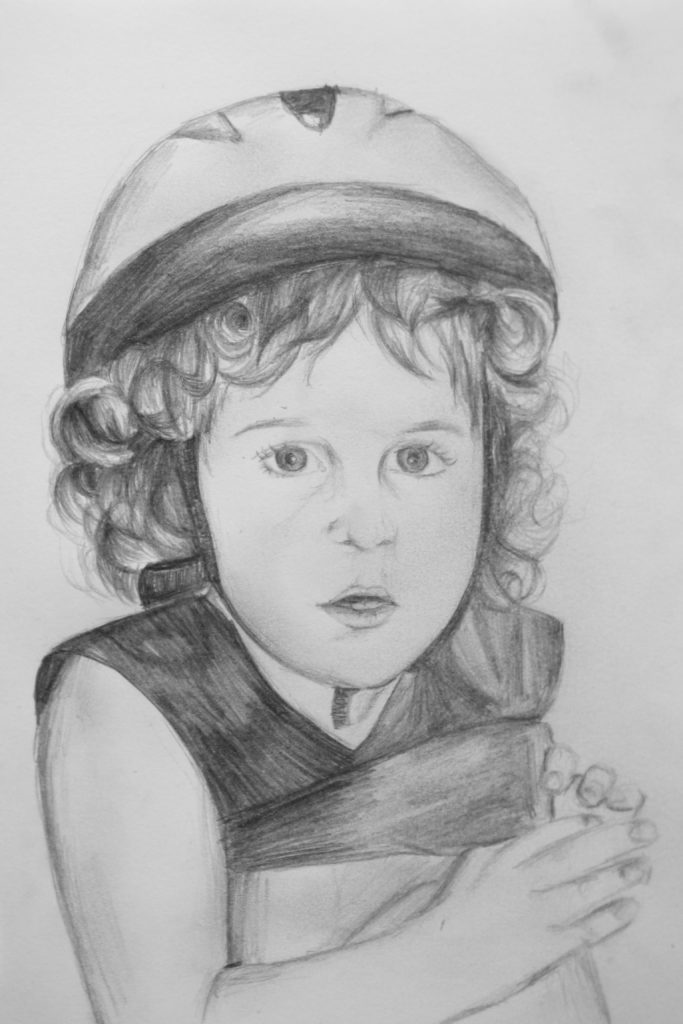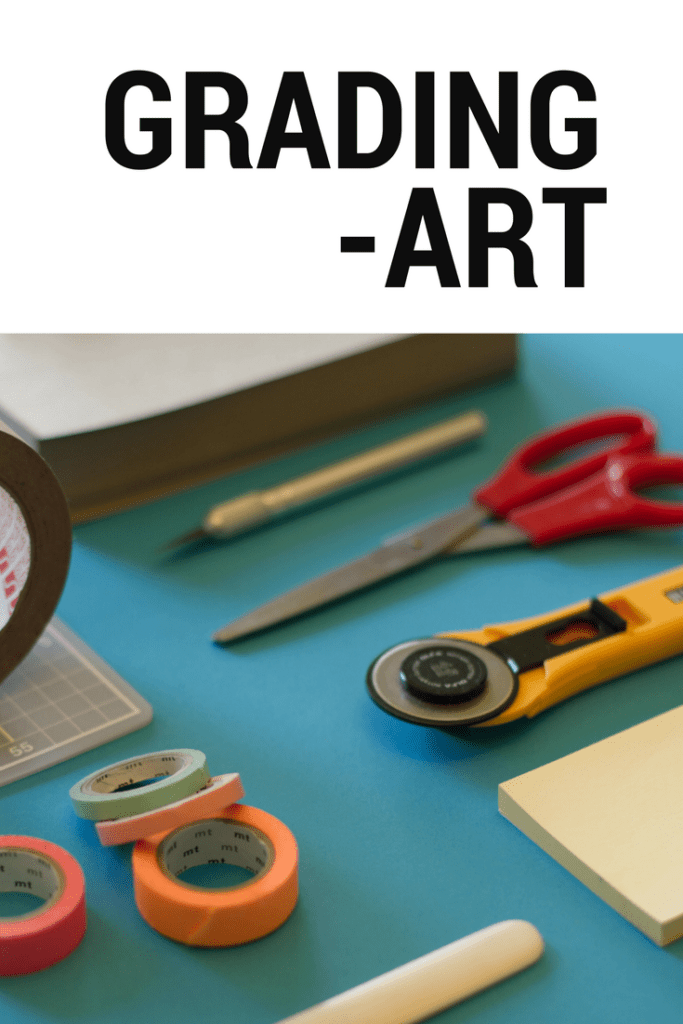Does Grading Art Matter
You hate grading right? There’s a pile of project , scratch that, that’s a MOUNTAIN of projects taking over your desk, and you really really want to skip the grading part. But, since art is graded in college, are you setting your students up for a disaster?
I don’t know that I’ve ever met a teacher that says that they LOVE, grading, however, I did think that it was pretty darn cool when I was a kid and my mom, a teacher, brought home papers , gave me the answer key along with the red pen and put me to work.
As with anything when it comes to education, we need to get down to the why behind grading. What’s the point? Really, jot down some ideas about WHY you are grading.
- Are you giving grades because it’s something that your school requires?
- Are you grading simply because everyone else does it, so you think that you need to do it to?
- Does it help to motivate your students or maybe it makes it seem like art is equal to other classes?
After taking some time to unpack the why, it’s also important to look at the how.
- Are you simply looking at the work of art and then writing a letter on it?
- Do you have a basic rubric, where you circle a few numbers, do some basic math, and have a grade?
- Do you have a complex rubric that you spent hours creating, and now you’re filling it out?
- Do you write comments, attempting to help students to learn and understand why they earned their grade?
My why for grading, is really about giving students feedback, and for many of them ( and their parents) , grades are something that makes sense, however, sometimes that do get surprised ungraded projects, where they still receive feedback and everyone earns points for completion. But overall, my why is about helping students to continue to learn, and when you think about grading as an extension of teaching and learning, than it doesn’t seem that bed.
How I grade. I do it in a variety of ways. One, students receive a detailed rubric, they self assess, and then I make notes as I go along.
Another way , students submit work digitally, and I provide typed feedback , talking about what’s working, what’s not working, and what they should focus on in the next piece.

You have a really good start to this, but it’s not finished. The hair on the left side is excellent, there’s a great range of light to dark, but that doesn’t happen elsewhere in the drawing.
Look closely at the hands and wrist… right now there isn’t really a wrist, as the hand flows right from formarm ( I’m thinking that you were trying to get it all to fit onto the page) . It it needs to run off of the page in order to keep the proportions correct, that’s fine.
Our arms are usually around 3.5 head lengths…right now , your arms about 2 head lengths, which is making the figure feel a bit squashed, and taking away from the lovely drawing of the head.
Start by laying a piece of tracing paper down over the drawing, and re-sketching the arms… then don’t be afraid to just draw right on top of this drawing. Making corrections right no top of piece can end up being really beautiful, and makes it so that you don’t need to attempt to erase everything or totally start over.
And finally, students submit work digitally, I do a screen cast, where I show the work on my screen, and talk about the work. ( I find this to my preference, it seems easier and faster, as I’m simply talking and then share the video with the students) I also like this option as I save the videos and can use them as teaching tools for others.
